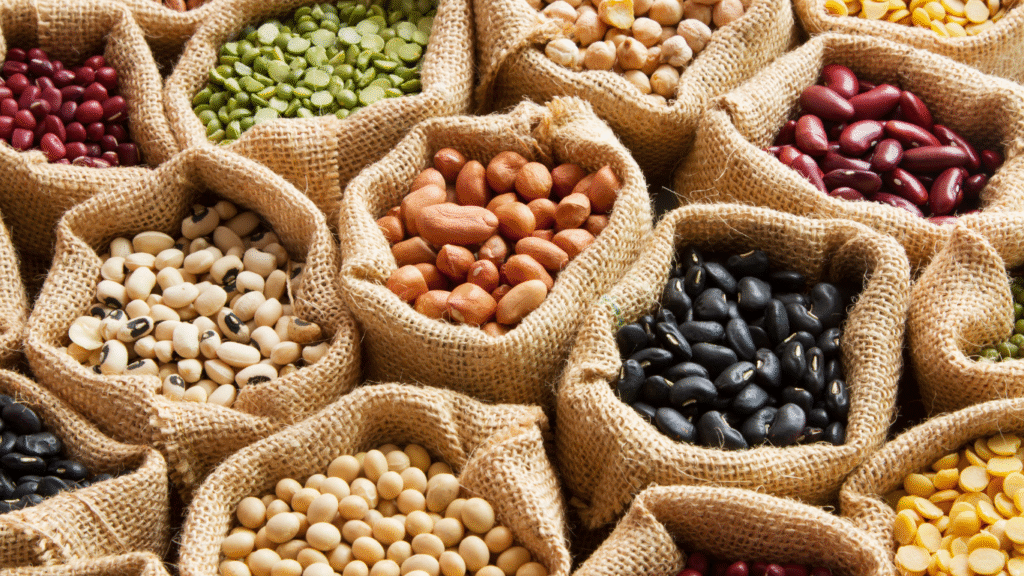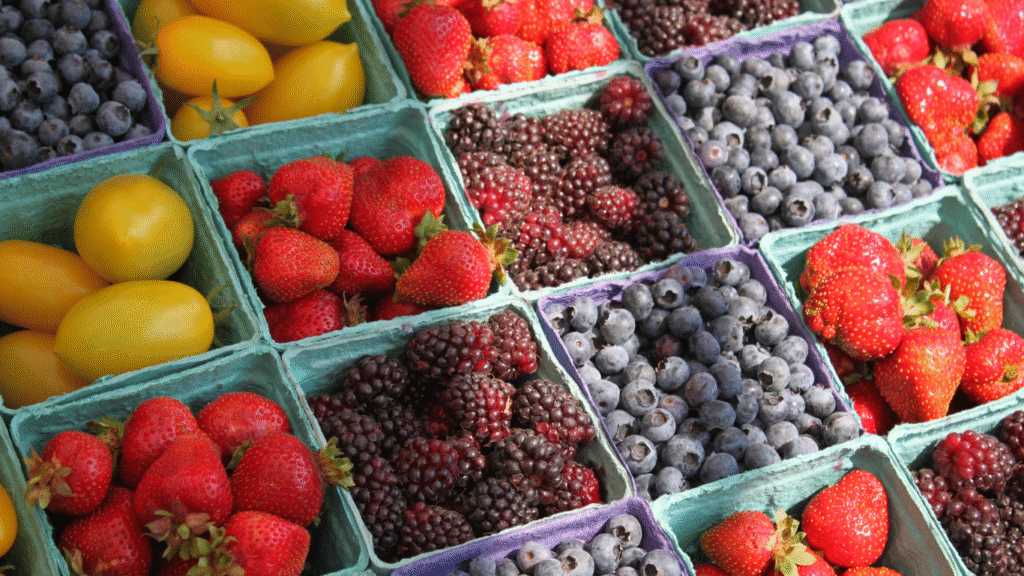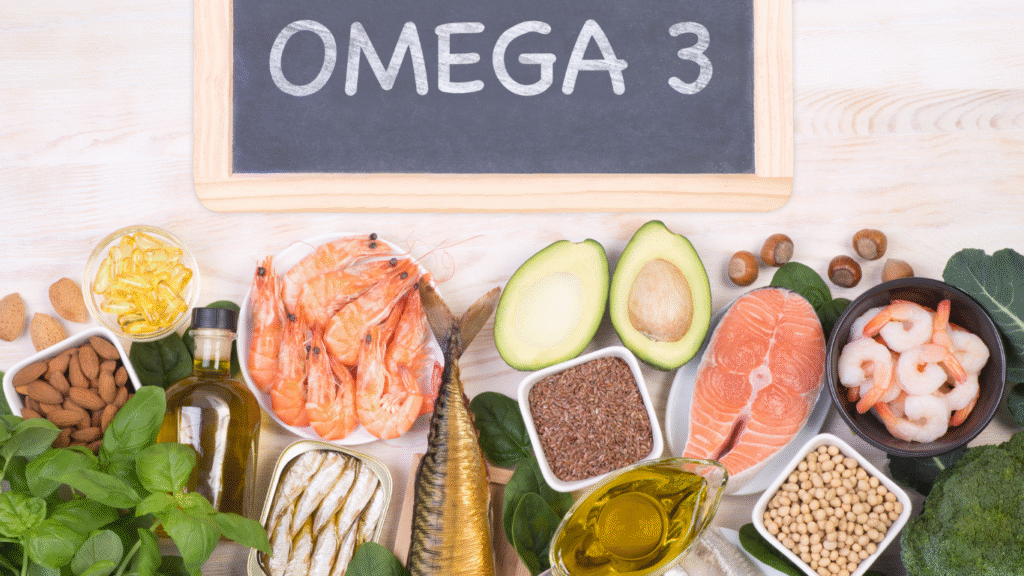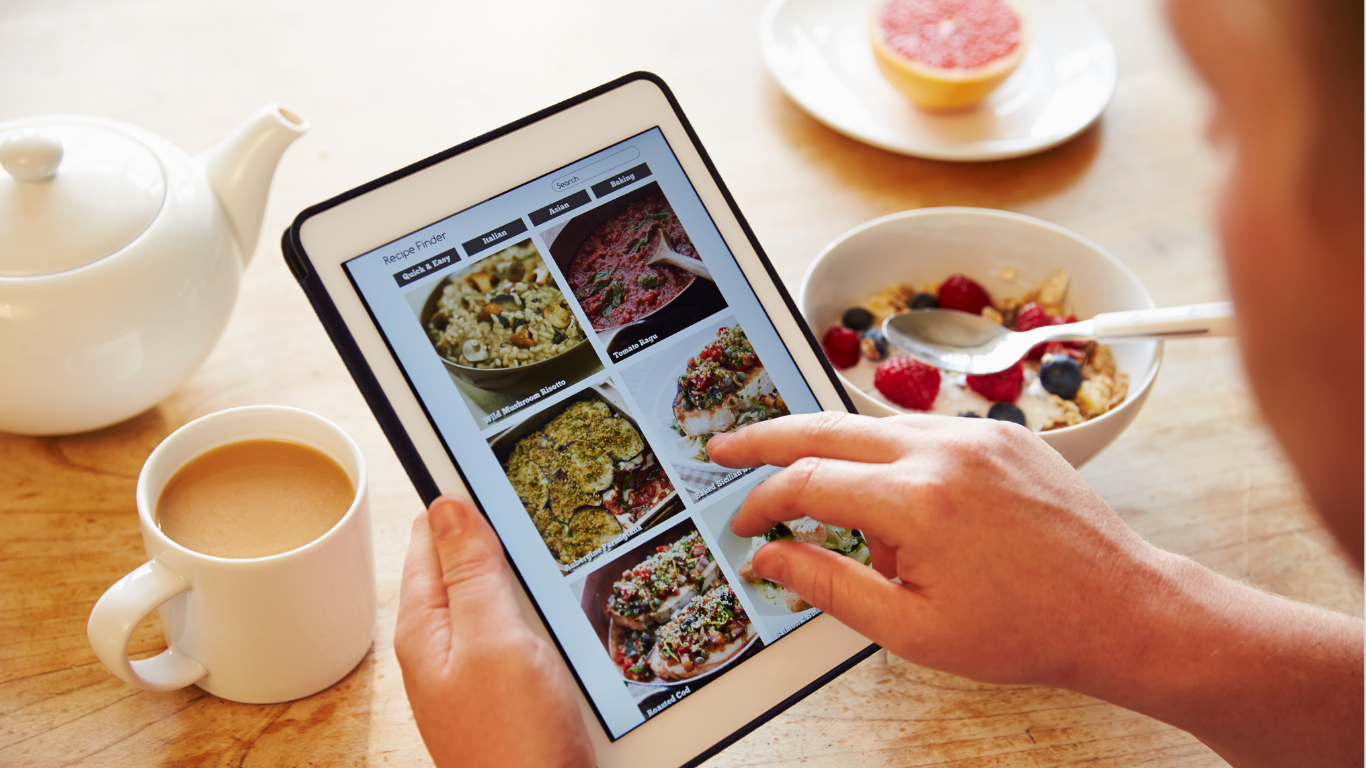Life is busy. Between morning meetings, soccer drop-offs, and that never-ending group chat, it’s tempting to pop a multivitamin and call it “health.” But here’s the hard truth—your body isn’t craving a capsule. It’s craving real food.
More and more nutrition experts are stepping away from the “one pill fits all” mindset and returning to what our bodies have known for centuries: whole foods, in their natural form, do it better.
According to multiple clinical nutrition researchers and integrative medicine specialists, the body absorbs nutrients best when they’re part of a complete, edible package—fiber, antioxidants, enzymes, and all. Unlike synthetic isolates found in many multivitamins, real food brings synergy. And guess what? It tastes better, too.
So, before you refill that giant supplement bottle, here are five nutrient-packed foods that doctors are recommending instead—each one a powerhouse on its own. Some might even be hiding in your kitchen already.
1. Spinach: The Unsung Multivitamin in Your Crisper Drawer 🥬

Let’s start with the green giant of the produce aisle. Spinach isn’t just rabbit food—it’s a bioavailable bombshell of nutrients. We’re talking vitamins A, C, E, and a full suite of B vitamins like B1 (thiamine), B2 (riboflavin), B3 (niacin), B6, and B9 (folate).
But spinach’s benefits go deeper than vitamins. High in nitrates, this leafy green has been clinically shown to support healthy blood pressure, making it a top pick for heart health and stroke prevention. Plus, it contains antioxidants like lutein and zeaxanthin, which support eye health in ways no synthetic pill can touch.
🛒 Pro Tip: Lightly steam or sauté it to unlock more iron and calcium—and don’t throw away the stems!
2. Papaya: Tropical Fruit with Serious Medicinal Cred 🍈

If spinach is the multitasker of vegetables, papaya is the vacation you didn’t know your immune system needed. Rich in vitamins A, C, and E—and a natural source of folate—papaya is anti-inflammatory and gut-friendly.
Researchers have pointed out its enzymatic compound, papain, which helps break down proteins and eases digestion. Bonus: its bright orange flesh is loaded with beta-carotene, which your body converts into vision-boosting vitamin A.
Regular consumption of papaya has also been linked to reduced oxidative stress, which can slow signs of aging and reduce chronic disease risk.
🥄 Serve chilled with lime juice or toss it in your morning smoothie for a digestion-boosting treat.
3. Lentils: The Legume That Loves Your Heart and Hormones 🫘

Forget the bland reputation—lentils are tiny nutrition dynamos. They deliver a full spectrum of B vitamins, including the hard-to-pronounce but vital B5 (pantothenic acid) and B9 (folate). These nutrients support energy metabolism, red blood cell formation, and hormone regulation.
Beyond vitamins, lentils are also a plant-based protein powerhouse and loaded with soluble fiber that naturally helps reduce LDL (bad) cholesterol. Several clinical trials have shown that diets rich in legumes can lower the risk of heart disease and type 2 diabetes.
🌱 Try sprouting them at home for even more nutrient availability—or make a warm lentil stew with turmeric for an anti-inflammatory boost.
4. Berries: Tiny Fruits, Massive Benefits 🍓🫐

Blueberries, raspberries, blackberries—pick your favorite, and you’re already winning. These antioxidant-rich superfoods are high in vitamin C, fiber, and anthocyanins, which are associated with reduced inflammation and improved brain health.
In fact, a study published in a leading nutritional neuroscience journal found that daily berry consumption enhanced memory and slowed cognitive decline in older adults. They also support blood sugar regulation and provide protection against oxidative damage.
🍇 Tip: Keep a frozen mix on hand to toss into oatmeal or yogurt. They’re just as potent frozen as they are fresh.
5. Fatty Fish: Omega-3 Royalty for Brain and Body 🐟

Salmon, sardines, mackerel—these oily fish are nature’s version of a daily supplement, minus the plastic bottle. Rich in omega-3 fatty acids (DHA and EPA), they support heart rhythm, lower inflammation, and keep your cognitive engine running smoothly.
What sets fatty fish apart is its vitamin D content—a nutrient that’s notoriously hard to get from food alone. And if you’re concerned about bones, mood, or immune function, vitamin D is your VIP.
📆 Aim for two servings a week. Try grilled salmon over a quinoa salad with a squeeze of lemon for a simple, satisfying dinner.
So, Should You Toss the Multivitamin?
Not necessarily. There’s a time and place for supplements—especially for folks with absorption issues, restrictive diets, or specific medical conditions. But for most of us? Whole foods should be the frontline strategy.

Why? Because food doesn’t just deliver isolated vitamins—it comes wrapped in a complex matrix of phytonutrients, enzymes, fibers, and fats that your body recognizes, digests, and uses more effectively.
As one nutrition scholar put it:
“Food is information for the body—multivitamins are just fragments of the message.”
The Bottom Line
A multivitamin might feel like the easy button. But nature already gave you what you need, and it’s sitting on your plate. Choosing nutrient-rich foods like spinach, papaya, lentils, berries, and fatty fish not only covers your daily vitamin needs—they do it while supporting better digestion, brain power, heart health, and glowing skin.
So next time you reach for the supplement bottle, maybe reach for a smoothie bowl instead. Your body—and your taste buds—will thank you.
💬 Tell me in the comments: Which of these foods are already staples in your kitchen? Which one will you try this week?
📌 Save & Share this post with someone still living on gummy vitamins and granola bars.






